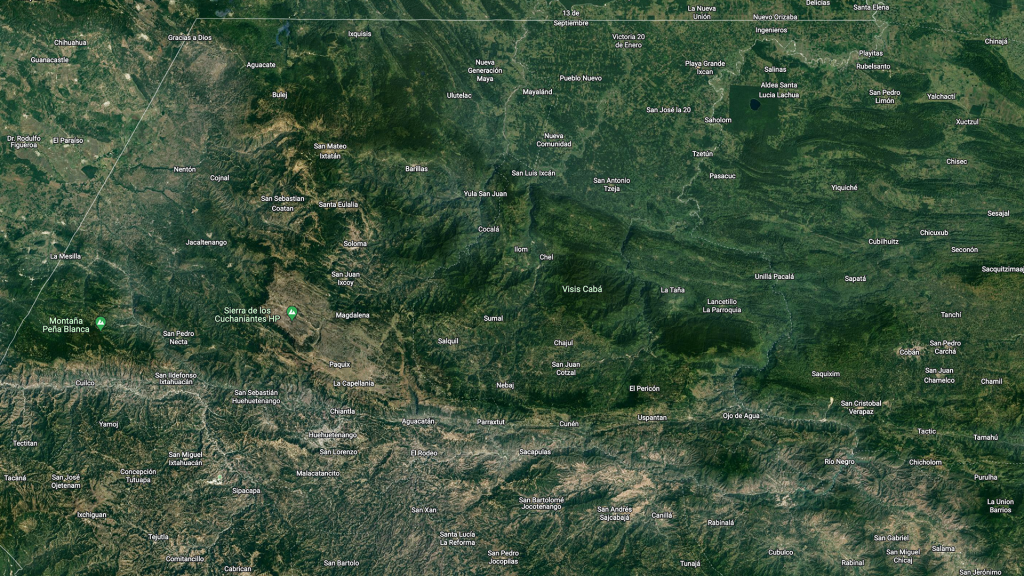Alliance for Education in Quiché and Huehuetenango

Every year the amount of Guatemalans returned to the country by the United States of America increases, particularly young people between the ages of 18 and 29 years of age, who went looking for economic development opportunities in that country.
As a result of that outbound migration, the country has lost a significant part of its demographic boon, which is why efforts must be made to disincentivize outbound migration. One of the ways to disincentivize migration is to train and educate young people, however the pandemic worsened the situation due to the sanitary limitations that were established.
In this context, the Mario López Estrada Foundation, in alliance with the United States Agency for International Development (USAID), through the Bridges of World Vision project, the International Organization for Migrations, the Taiwan Embassy in Guatemala, and the Technical Institute for Training and Productivity (INTECAP due to its acronym in Spanish), created an alliance to implement the “Alliance for Education” project, which sought to create a model of reintegration and opportunities focused on returned people, to elevate their employability and work competence, building off work experience that migrants acquired in the United States.
Through the program young people were trained in Excel, construction and remodeling, hotels and tourism, agriculture, commerce, and mechanics courses. The Mario López Estrada Foundation and the Tigo Foundation provided internet service and 50% of the computers in the homes of students, through a wireless internet service and in the communal classrooms where the courses were carried out when the sanitary measures allowed it.
The program managed to train, certify, and socioeconomically support, as well as reintegrate returned migrants and young people at risk of migrating in the Quiché and Huehuetenango territorial divisions, two of the districts with the highest levels of migration in the country. The program was implemented in Nebaj, Quiché and in Aguacatán and Jacaltenango, Huehuetenango.

